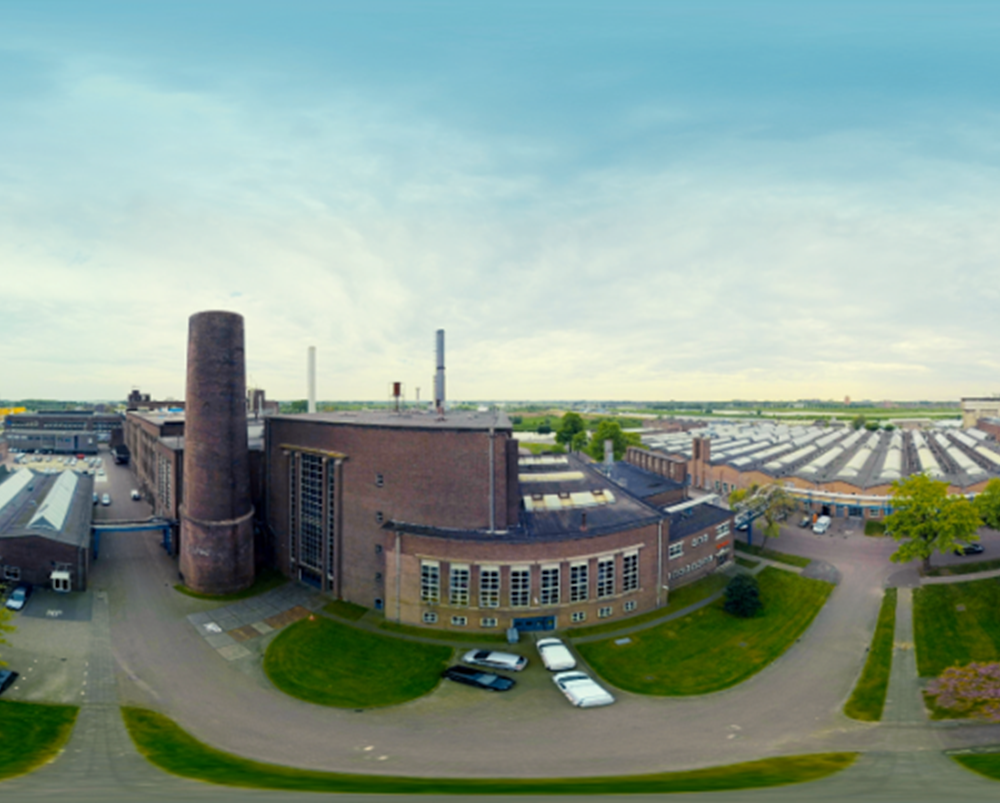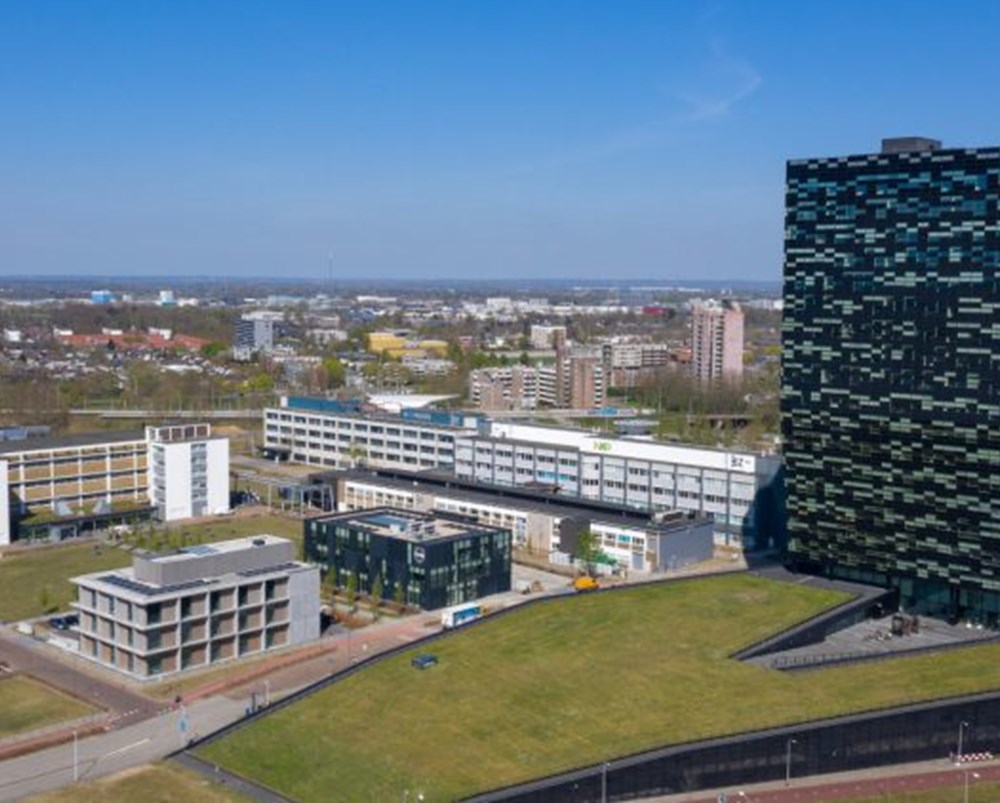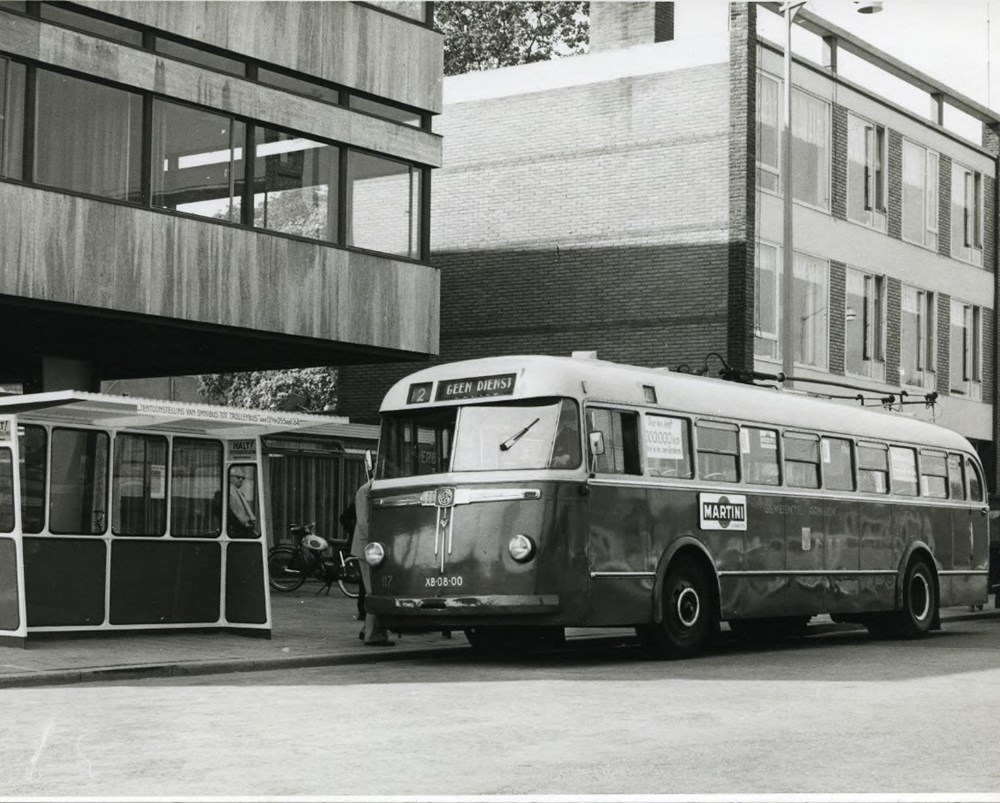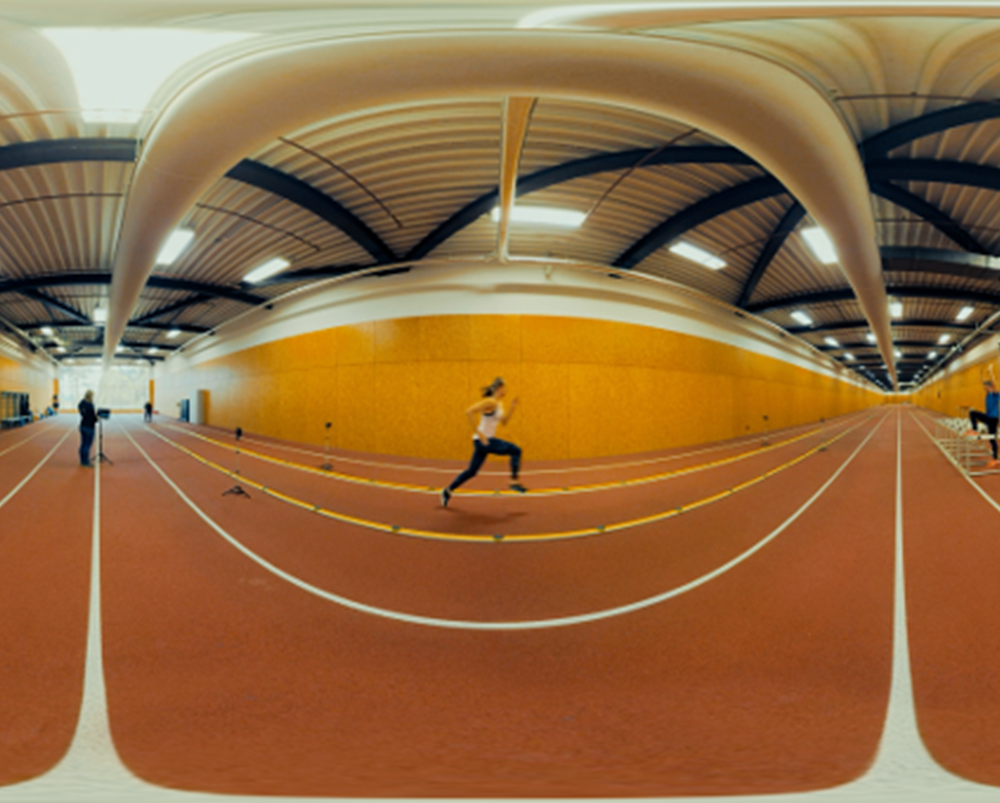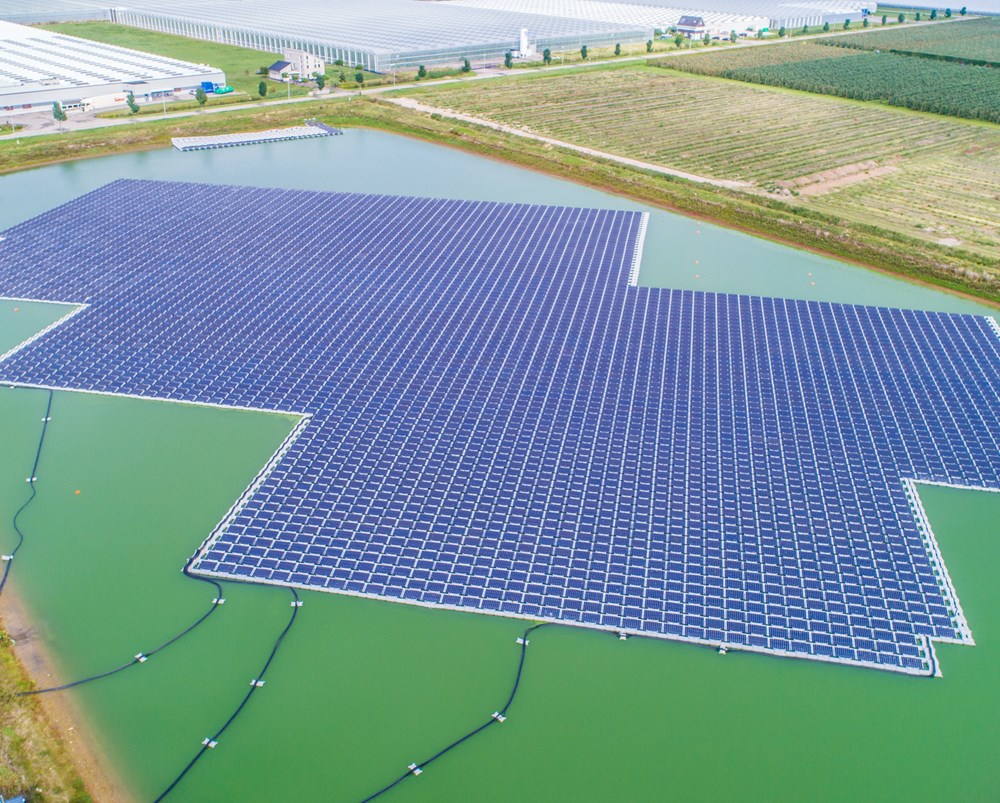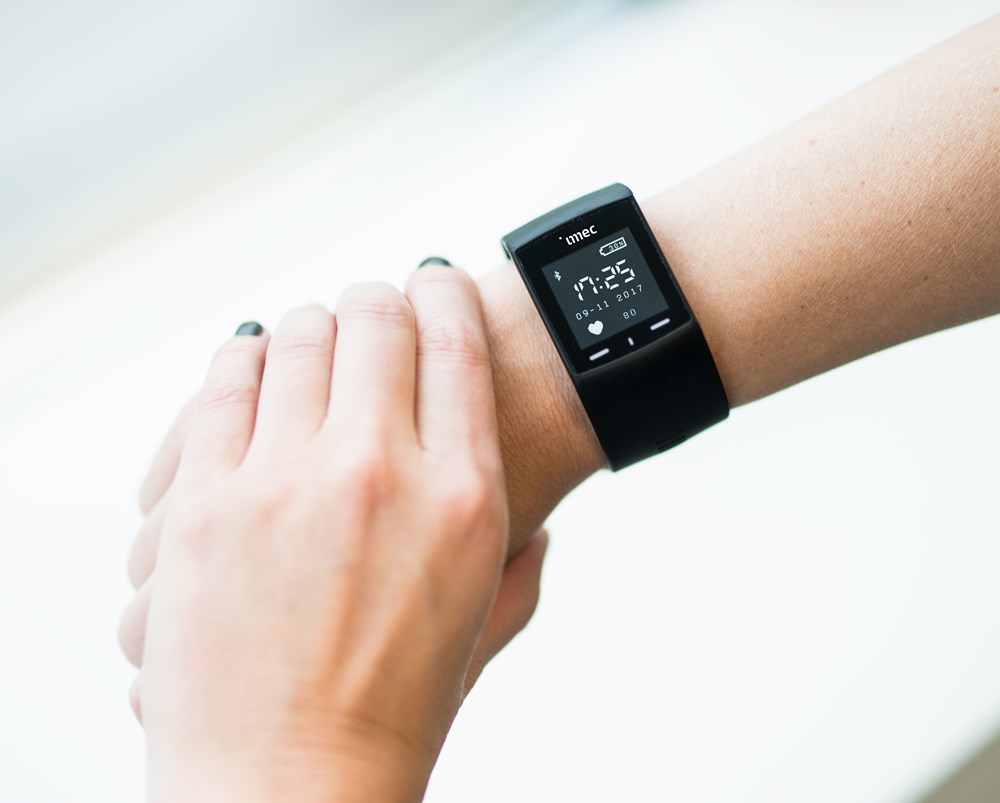Inspiring innovator: Heino Falcke wants to prevent knowledge from disappearing down a black hole
It was global news: in April 2019, the first ever photograph of a black hole was presented during a press conference in Brussels. Heino Falcke, professor of Astroparticle Physics and Radio Astronomy at the Radboud University, played a crucial part in capturing the photo. In doing so, a 20-year old dream was finally realised. “It just goes to show: a small idea can create quite a stir.”
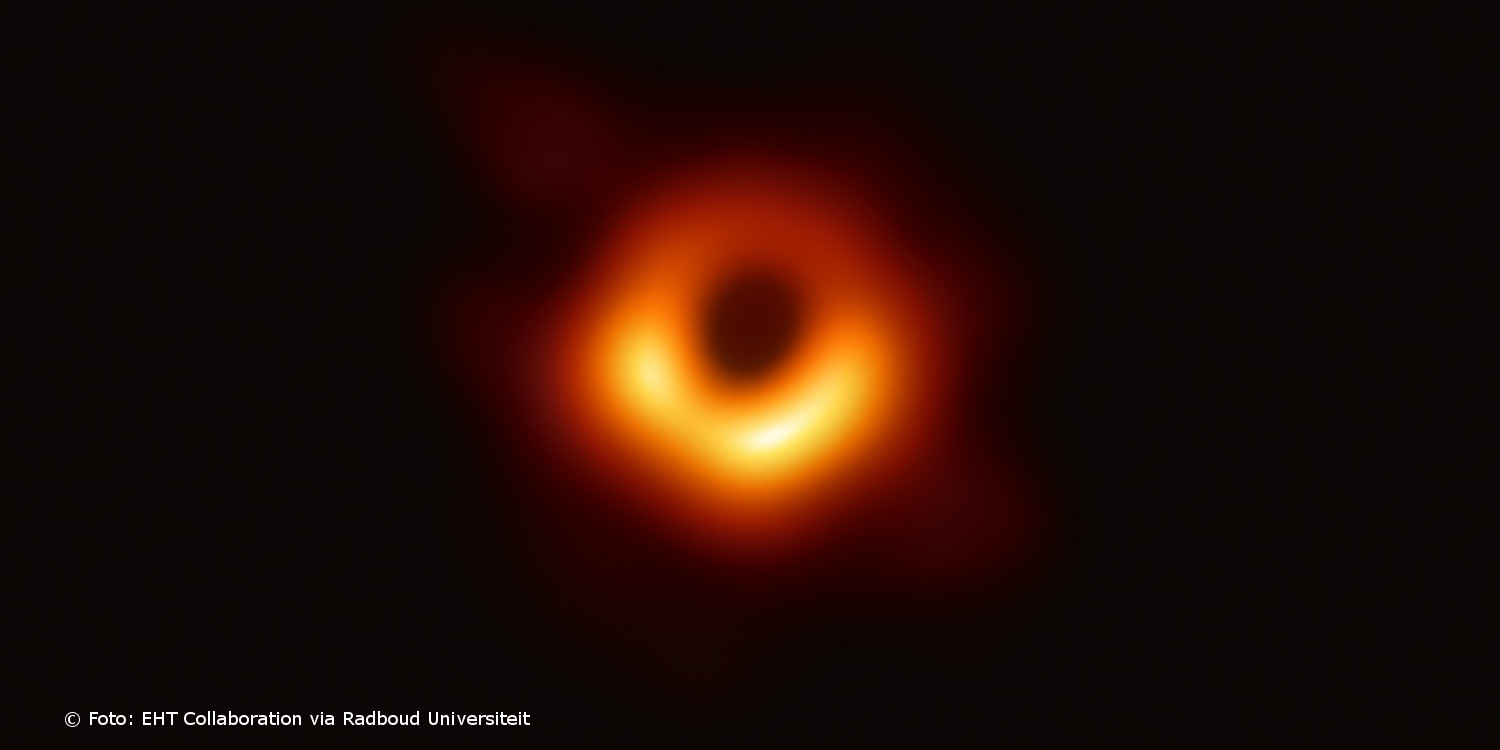
World's first picture of the Black Hole
Collaboration as a key to success
The pioneering publication took years of preparatory research and required cross-border collaboration between eight of the best radio telescopes in the world. "We pulled it off because we brought together scientists from Europe as well as Asia, Australia, North and Latin America. We all wanted to achieve something and could only do so together. Everyone felt that it was an important task and supported our shared vision."
That's also why differences in opinion or approach didn't create problems for the project. They sometimes even proved to be of added value. "As we were driven by the same aim, differences were put aside and sometimes utilised. This occasionally made the collaboration competitive. Which would help us to look at ourselves critically. That was hugely important, as we were scrutinised by colleagues from all over the world. Whenever they would catch us making a mistake, we were intensely criticised. We needed to be our own worst critics."
A telescope that's larger than Earth itself
The photograph of the black hole is still quite blurry. Heino Falcke believes we can do better. "We need the entire world and the newest gear to do so. Africa has not been part of our cross-border collaboration so far. That means we're missing an entire continent and you can see that in the picture."
In order to take a crystal-clear photograph, the professor wants to take operations into space, using a network of telescopes that, together, are larger than Earth itself. As these would be orbiting the Earth, you would be able to look in all directions, over various distances. An additional advantage of a space telescope is that weather conditions are taken out of the equation. "You would be able to take a near-perfect photo", he told national television station NPO 1 earlier. Together with the European space agency ESA, Falcke has calculated that such a space telescope would be possible. It might take ten twenty years, however, as everything still has to be put in motion (including the funding for such a project).

